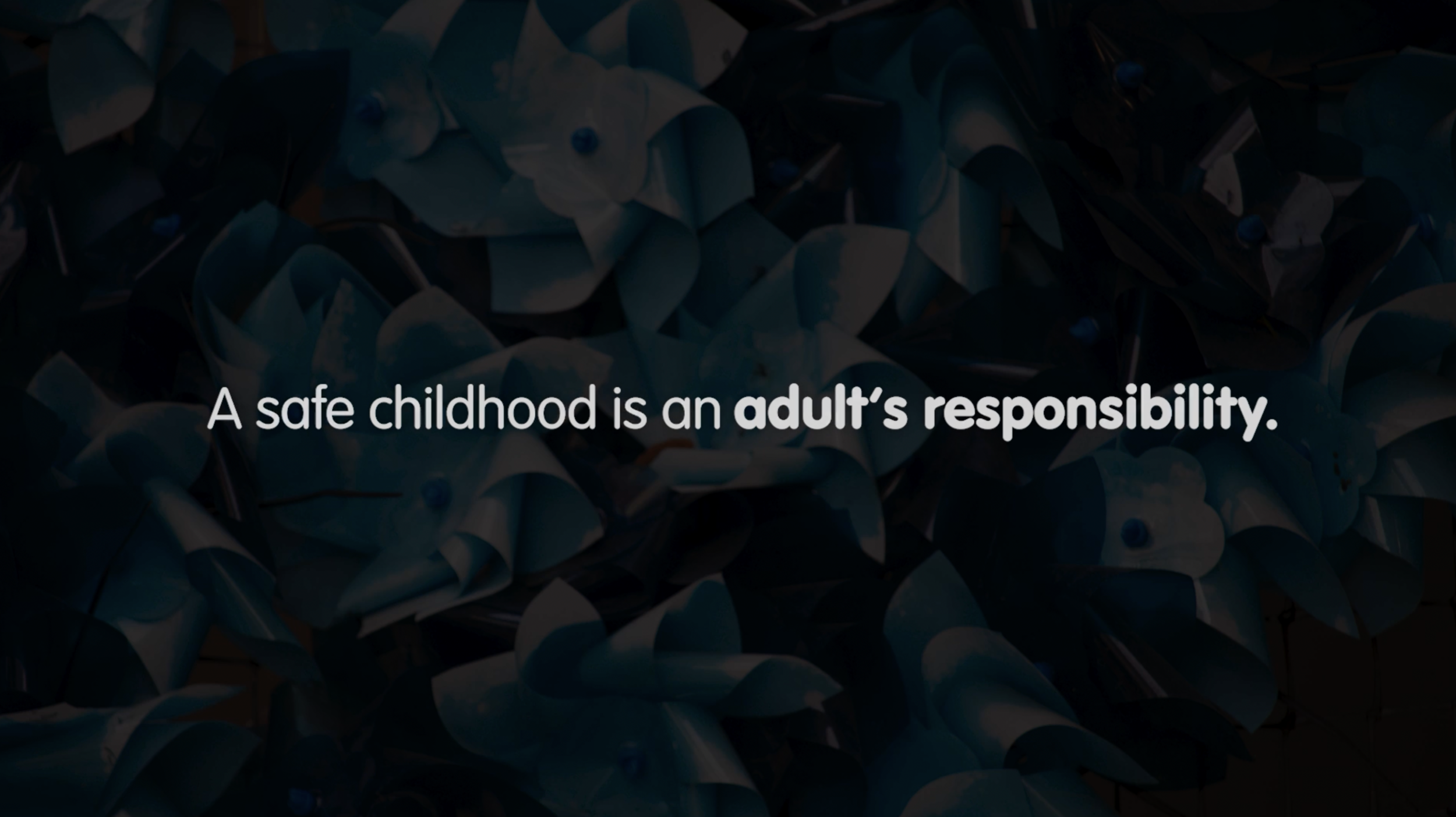How to Help
Do…
Find a quiet, non-isolated place to talk.
Drop to the child’s eye level, or sit next to the child.
Remain calm, be patient, and try not to rush the child.
Ask the child about the sign in a simple, open-ended style. “I’m worried about you. You seem really afraid and sad.” Or, “Is anything bothering you?”
Practice active listening and make mental notes. Find gentle ways to show the child you’re taking them seriously.
Let the child use their own words and repeat their words exactly again, followed by, “Tell me more?”
Reassure the child that he or she has done nothing wrong and say, “I care about you.”
Tell the child, “This took a lot of courage. I’m proud of you telling me.”
Don’t…
Don’t ask questions that begin with “W” like who, where, when, or why.
Don’t overreact or make negative statements about the abuser.
Don’t make judgments or conclusions about the child or abuser.
Don’t interrogate, investigate, or delve deeply into the events.
Don’t ask questions that begin with “W” like who, where, when, or why.
Don’t overreact or make negative statements about the abuser.
Don’t make judgments or conclusions about the child or abuser.
Don’t interrogate, investigate, or delve deeply into the events.
Report Abuse If…
You suspect abuse.
You witness red-flag behaviors like crossing a child’s boundaries but don’t have hard evidence of abuse.
Be an active bystander by intervening with the offender on the child’s behalf.
Monitor the situation in case the offender keeps crossing boundaries.
You discover abuse.
You witness a child being abused, someone tells you about an incident, or you find photo/video evidence online.
Remain calm and don’t overreact. Showing anger toward the offender or asking leading questions may distress the child and discourage them from further sharing.
Offer support by listening and comforting the child. The most important words you can say are “I believe you” and it’s not your fault.”
Report. Contact the police and your state’s child protective services. Remember that the law doesn’t require you to have evidence when reporting child sexual abuse, it only requires reasonable suspicion. To make a good faith report, provide:
The child’s name, age, and address.
The nature of the abuse or the reason for reporting.
The parents’ name and contact, if known.
The name of the perpetrator, if known.
A child discloses abuse.
A child reveals to you that they have experienced sexual abuse or are currently being abused.
Remain calm and don’t overreact. Showing anger toward the offender or asking leading questions may distress the child and discourage them from further sharing.
Offer support by listening and comforting the child. The most important words you can say are “I believe you” and it’s not your fault.”
Report. Contact the police and your state’s child protective services. Remember that the law doesn’t require you to have evidence when reporting child sexual abuse, it only requires reasonable suspicion. To make a good faith report, provide:
The child’s name, age, and address.
The nature of the abuse or the reason for reporting.
The parents’ name and contact, if known.
The name of the perpetrator, if known.
How to Keep Children Safe
How can you tell if an adult is taking too much interest in your child?
Child grooming is a deliberate process by which offenders gradually initiate and maintain sexual relationships with victims in secrecy. On the surface, grooming a child can look like a close relationship between the offending adult, the targeted child, and (potentially) the child’s caregivers. By recognizing grooming behavior you can intervene. Here are some examples of red flag behaviors:

